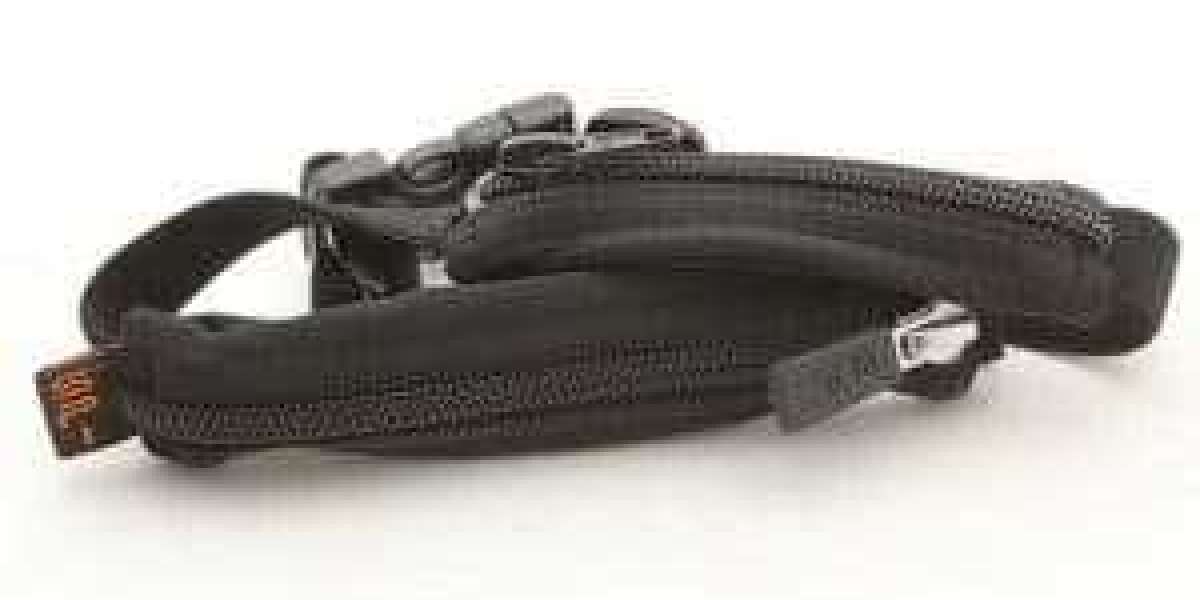When it comes to running, having the right gear can significantly enhance the experience. Among the essential accessories that many runners overlook are running belts. These simple yet effective tools provide a convenient way to carry essentials like keys, phones, nutrition, and hydration without disrupting the rhythm of your run. This article explores the various features that make running belts a must-have for every athlete and offers insights into selecting the best options available.
The Importance of Running Belts
Running belts have become increasingly popular among both casual and serious runners. They serve several important purposes:
1. Convenience and Accessibility
Running belts provide a hands-free way to carry items, allowing runners to focus on their pace and surroundings. With everything securely fastened around the waist, there’s no need to worry about holding onto items or risking losing them during a run.
2. Enhanced Comfort
A well-designed running belt should fit snugly without causing irritation or chafing. Many running belts are made from lightweight, breathable materials that enhance comfort, making them suitable for long distances.
3. Improved Performance
By reducing the need to carry items in hand or stuffed in pockets, running belts can contribute to better running form. This can help athletes maintain their performance without unnecessary distractions.
Key Features to Consider in Running Belts
When choosing the best running belt, there are several factors to consider:
1. Fit and Comfort
The most critical aspect of any running belt is its fit. A good running belt should be adjustable to ensure a snug fit around the waist without being too tight. Look for belts that feature soft, stretchy materials that conform to the body and minimize movement while running.
2. Storage Capacity
Consider what items you need to carry during your runs. Some running belts offer multiple pockets, while others have a single compartment. It’s essential to choose a belt that can comfortably accommodate your essentials, such as:
- Phone: Many runners prefer to carry their phones for navigation, tracking, or music. Ensure the belt has a pocket large enough to fit your device securely.
- Keys: A small pocket for keys is a must-have for any running belt.
- Nutrition: If you’re going on long runs, you might need to carry gels, chews, or small snacks. Look for belts that have designated storage for these items.
3. Material and Durability
The material of the running belt is crucial for both comfort and durability. Many belts are made from moisture-wicking fabrics that help keep sweat away from the skin. Look for belts that are also durable enough to withstand outdoor conditions and regular use without fraying or tearing.
4. Hydration Options
For longer runs, hydration is essential. Some running belts come with built-in hydration options, such as small water bottles or pouches for hydration bladders. If you run long distances, consider a belt that allows you to carry water easily.
5. Style and Design
While functionality is paramount, style can also play a role in your choice. Running belts are available in various colors and designs, allowing you to choose one that matches your personal style or running gear.
6. Reflectivity and Safety Features
For those who run in low-light conditions, choosing a running belt with reflective elements is wise. Reflective materials enhance visibility, keeping you safe during early morning or evening runs.
Types of Running Belts
There are several types of running belts available, each designed to meet specific needs:
1. Classic Running Belts
These belts feature simple designs with one or two pockets for essentials. They are generally lightweight and ideal for short to medium-distance runs. Classic running belts are perfect for those who prefer minimalism and need to carry just the basics.
2. Hydration Belts
Hydration belts are designed for longer runs, equipped with one or more water bottles or a pouch for a hydration bladder. These belts allow runners to stay hydrated without having to stop, making them ideal for marathon training or long-distance races.
3. Compression Belts
Compression belts fit snugly against the body, providing a secure way to carry essentials while reducing bounce. These belts often have pockets for phones, keys, and nutrition, making them suitable for athletes who want a streamlined option that minimizes movement.
4. Multi-Functional Belts
Some running belts are designed for versatility, allowing users to switch between running, hiking, or cycling. These belts may include features like detachable pockets or adjustable straps, catering to various activities and preferences.
Top Recommendations for Running Belts
While personal preference plays a significant role in choosing the right running belt, here are some popular options that have garnered positive feedback from runners:
1. Adjustable Running Belts
Many runners prefer adjustable belts that can be tailored to fit snugly without slipping. These belts often feature elastic straps and clips, allowing for a customized fit that enhances comfort.
2. Hydration Packs
For those who prioritize hydration, hydration packs or belts with small water bottles can be a great choice. These options allow for easy access to hydration without compromising on storage for other essentials.
3. Lightweight Compression Belts
Compression belts are favored for their snug fit and ability to reduce bounce. Many models also feature stretchable pockets that can hold phones, keys, and nutrition without feeling bulky.
4. Safety-Enhanced Belts
Belts equipped with reflective elements or built-in LED lights are ideal for runners who train in low-light conditions. These safety features enhance visibility and can provide peace of mind during evening or early morning runs.
Tips for Using Running Belts Effectively
To get the most out of your running belt, consider the following tips:
1. Adjust for Comfort
Take the time to adjust your running belt before heading out. A snug fit is crucial, but it shouldn’t be so tight that it causes discomfort. Make sure the belt sits securely on your hips or waist without riding up.
2. Distribute Weight Evenly
When packing your belt, distribute weight evenly to minimize bounce. Place heavier items, like water bottles, closer to the center of your body. This helps maintain balance while running.
3. Practice with Your Belt
Before using your running belt on a long run or race, practice with it during shorter runs. This allows you to get used to the feel of the belt and make any necessary adjustments for comfort.
4. Keep It Clean
Regularly clean your running belt to keep it in good condition. Follow the manufacturer’s care instructions, as many belts can be washed by hand or in a machine.
Conclusion
In conclusion, running belts are an essential accessory for athletes looking to enhance their running experience. With features such as comfort, storage capacity, hydration options, and safety elements, the right running belt can significantly improve performance and convenience during workouts. By considering factors like fit, material, and design, runners can find the perfect belt to suit their needs.
For those ready to elevate their running experience, exploring the best running belts is a vital step. To discover a wide range of running gear that can help you achieve your goals, visit Pure Running your ultimate destination for all things running. Get started on your journey to better performance today!







